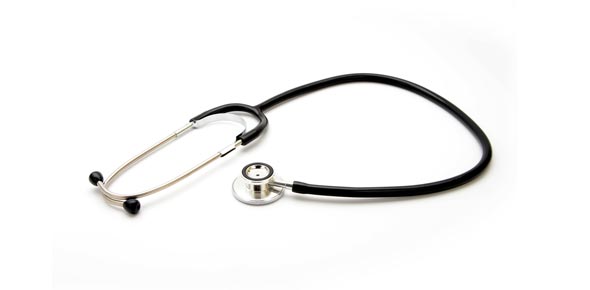Related Flashcards
Cards In This Set
| Front | Back |
|
Old definition of anesthesia (the 4 pillars or 4 As)
|
Controlled, reversible state of:
amnesia (with LOC)
analgesia
akinesia (skeletal muscle relaxation)
autonomic and sensory reflex blockade
|
|
New definition of anesthesia
|
State of reversible come intentionally induced by drugs in which the pt is not arousable, even w/ painful stimuli:
intervention often required to support the airway
spontaneous ventilation often inadequate
CV fxn may be impaired
|
|
Balanced anesthesia
|
General anesthesia w/ several agents, possibly a mixture of inhalational and IV meds
|
|
Regional anesthesia
|
Local anesthetics that numb a particular part of the body and can be supplemented w/ sedation
|
|
Combined technique and its advantages
|
Use of regional anesthesia and general anesthesia at the same time
often allows used of lower dose of general anesthetic (good for pt w/ many comorbidities) and useful for procedures that cannot logistically be done w/ just regional but have significant post-op pain amenable to a regional (ie thoracotomy)
|
|
Sedation
|
Pt remains arousable when given an IV agent that induces analgesia, anxiolysisk, and often amnesia but consciousness is maintained
|
|
Minimal sedation (analgesia) changes in:
responsiveness
airway
spontaneous ventilation
CV fxn
|
Normal response to verbal stimuli
unaffected
unaffected
unaffected
|
|
Moderate sedation changes in:
responsiveness
airway
spontaneous ventilation
CV fxn
|
Purposeful response to verbal or tactile stimuli
no intervention necessary
adequate
usually maintained
|
|
Deep sedation changes in:
responsiveness
airway
spontaneous ventilation
CV fxn
|
Purposeful response w/ repeated or painful stimuli
intervention may be required
may be inadequate
usually maintained
|
|
General anesthesia/analgesia changes in:
responsiveness
airway
spontaneous ventilation
CV fxn
|
Unarouseable even w/ painful stimulus
intervention often required
frequently inadequate
may be impaired
|
|
ASA physical status classification
|
I: no medical problems other than localized indication for sx that can be cured w/ sx
II: one or more systemic diseases under good control which do not limit function
III: one or more systemic diseases which are not in perfect control or limit fxn to some extent (cancer, dialysis, most PVD pts)
IV: systemic condition which is a constant threat to life
V: expected to die w/in a day, sx is a desperation measure (80 yr old w/ ischemic bowel; sx even w/ 75% mortality b/c w/o sx mortality ~100%)
VI-E: brain-dead pt for organ harvesting
E: emergency, add to any status
|
|
General process of general anesthesia from pre-op to PACU
|
Pre-op eval, consent,counseling
IV
premed (usually BDZ)
to OR
IV induction
neuromuscular blocking agent
intubation
maintenance
emergence
extubation
recovery
|
|
Characteristics of thiopental (barbiturate)
|
- crosses BBB rapidly and is short acting even though elimination half life is several hours b/c redistribution half life is very short; the slow release from tissues is not enough to reanesthetize the pt but enough to work for synergism w/ other drugs
- dose dependent decr in SVR, MAP, CO
- potent resp depressant (apnea)
- reduces CMRO2 and CBF
|
|
Side effects of etomidate
|
Potential adrenocortical depression
myoclonic movements
N&V
|
|
Propofol uses
|
Useful as a sedation/induction agent w/ amnestic and anti-emitic properties and least residual sedation/faster and more complete awakening
|





